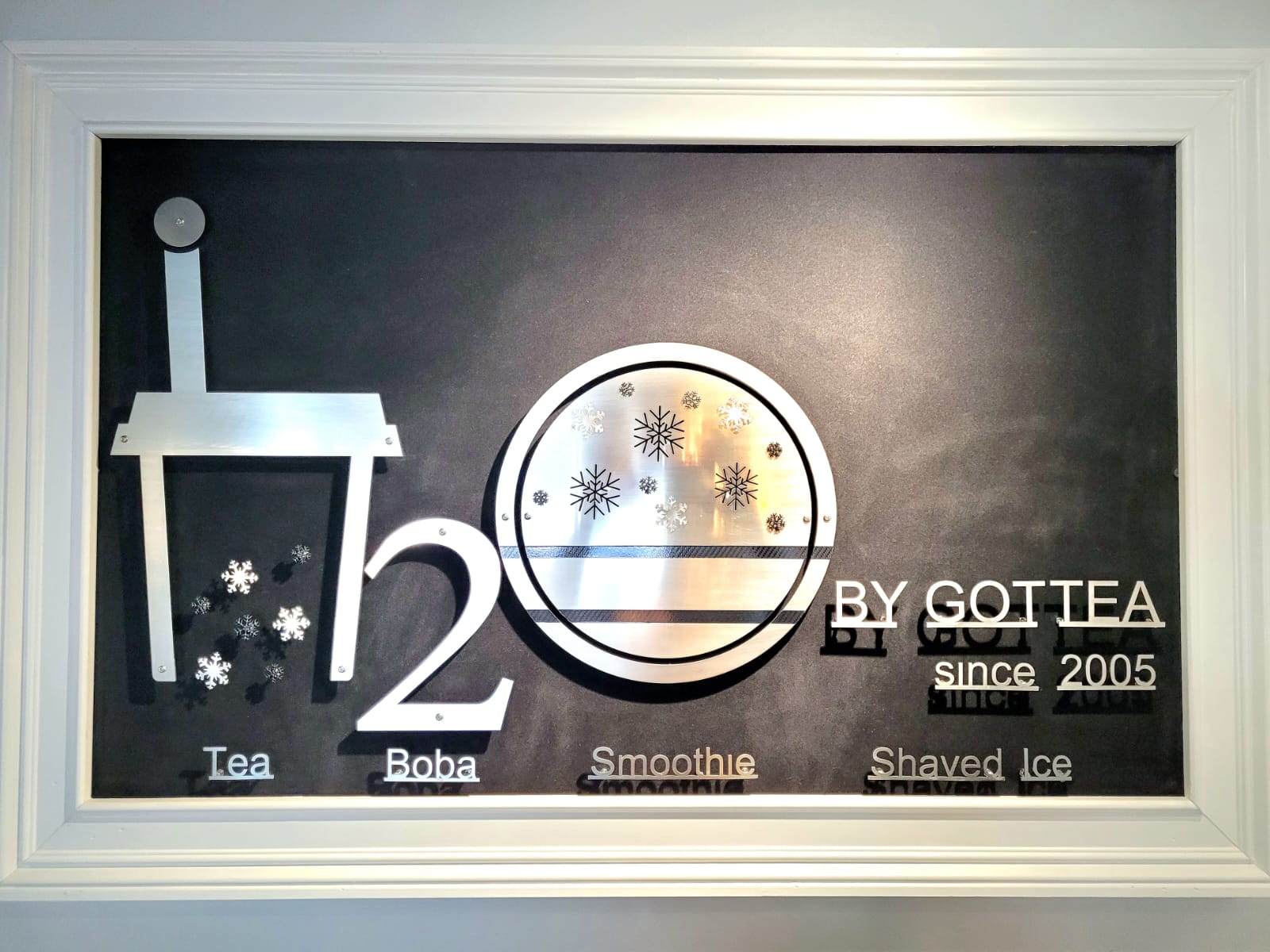 Jimmy Huang opened his shop on West Waters Avenue about six months ago, hoping customers would come in and chew on a good cup of tea.
Jimmy Huang opened his shop on West Waters Avenue about six months ago, hoping customers would come in and chew on a good cup of tea.
Chew?
Huang specializes in boba or “bubble” teas, smoothies and slushes. Boba, also known as tapioca pearls, comes from cassava starch. The blueberry-sized balls have a faint sweet taste and a gummy texture. After selecting a drink, customers can add boba or a jelly.
Huang serves up the concoctions at “Got Tea?” — a small cafe in a strip of shops near Armenia Avenue. Bamboo trims the green-and-gold room, which has tables nestled throughout and magazines available if customers want to hang out and talk.
But boba is the showpiece.
Got Tea? orders its tapioca balls uncooked and then boils them until they are chewy. The secret, Huang said, is in cooking and knowing when it’s done. Boba should be tender with enough flavor to taste without overshadowing the tea.
The tapioca trend originated in Taiwan about 15 years ago, starting in tea stands outside of elementary schools. Children liked the boba’s chewiness, like gummi bears, Huang said, and parents liked that the snack was natural and not loaded with sugar.
The snack’s appeal spread among adults. 
“I’m still addicted to boba tea,” said Huang, 30, who moved to the United States from Taiwan eight years ago.
Boba teahouses sprouted in Hawaii and California and spread to other cities with large Asian populations. The trend is appearing in Tampa in the occasional cafe and Asian restaurant.
Huang liked the Waters Avenue location for its ethnic diversity. He tells his the Latino customers that the boba comes from cassava or the root they know as yucca. Most of his business occurs at night or on weekends, and many customers are Asian or moved to Tampa from another city that the drinks.
Many of the shops offer boba smoothies but offered Huang highlights milk teas at his cafe, a more authentic way to drink boba.
Jasmine green milk tea is popular, as is taro milk tea, tinged purple by the taro root and tasting more like coconut than potato. But if that doesn’t appeal, there are Thai iced tea, cappuccino and fruity options. Beyond the milk-based selections are juices, slushes, and snow-twists, which are similar to smoothies.
Take it with or without boba or try a jelly in mixed fruit or lychee, a tropical Asian fruit.
If a customer’s combination — say, sweet lychee jelly with creamy Thai tea — seems unlikely to work, Huang will suggest other possibilities. Not everything will go together, but experimenting is encouraged. One regular likes an avocado snow-twist with boba and eats it like a lunch. Shaved ice with real fruit provides another option.
“We let the customers be innovative,” Huang said
